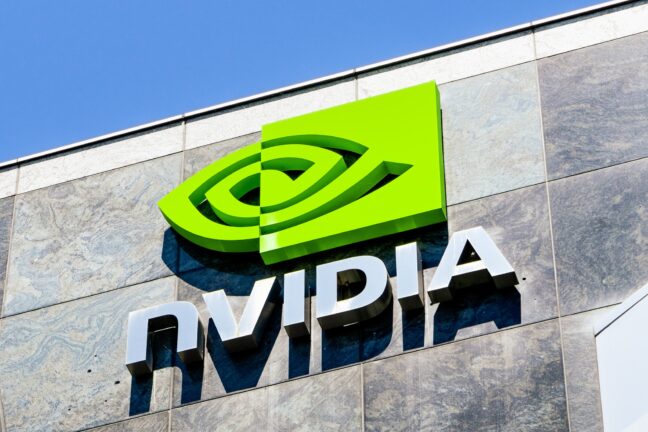OpenAI has introduced Sora, a generative AI model designed to transform text into hyper-realistic videos. When provided with a brief or detailed description or a still image, Sora is capable of generating videos up to a minute long and in 1080p resolution, crafting intricate scenes with detailed visuals, complex camera movements, and emotionally expressive characters.
“Sora has a deep understanding of language, enabling it to accurately interpret prompts and generate compelling characters that express vibrant emotions. The model understands not only what the user has asked for in the prompt, but also how those things exist in the physical world,” wrote OpenAI in a blog post.
Sora operates as a diffusion model, leveraging previous research from DALL-E and GPT models. Employing the recaptioning technique from DALL-E 3, Sora can generate descriptive captions for visual training data, enhancing its accuracy in following user instructions. Sora exhibits excellent scaling performance with a transformer architecture akin to GPT models.

It is currently accessible only to a select group of users, including red teamers specializing in areas like misinformation and bias, as well as visual artists, designers, and filmmakers who provide valuable feedback for potential improvements.
The AI model begins video generation with static noise, gradually refining it through multiple steps to produce realistic content. Sora's capabilities extend beyond text prompts; users can input pre-existing images or videos, animate DALL-E-generated images, and even engage in video-to-video editing. The latter allows users to edit existing videos, modify settings, create seamless transitions between videos, or extend videos backward or forward in time to create infinite loops.
What are the challenges?
However, OpenAI acknowledges that Sora is not flawless. It may struggle with simulating complex scenes' physics and understanding specific cause-and-effect instances. For example, a person taking a bite out of a cookie may not result in a bite mark on the cookie. The model may also have challenges with spatial details and struggle with precise descriptions of events that unfold over time.
Potential risks and concerns
While OpenAI's Sora marks a leap in generative AI, the creation of hyper-realistic videos raises valid concerns about potential misuse and unintended consequences. The vivid and lifelike nature of Sora-generated videos opens doors for privacy concerns as the line between synthetic and real content becomes increasingly blurred. Security issues may arise as these authentic-looking videos could be employed for malicious purposes, including identity theft or creating deceptive narratives. Additionally, the risk of Sora-generated content being exploited for propaganda or misinformation campaigns raises ethical questions about the responsible deployment of such powerful AI tools.
OpenAI's proactive approach in limiting access and collaborating with experts to identify potential exploits reflects an awareness of these concerns, emphasizing the need for careful consideration and ethical safeguards as generative AI technologies continue to advance.
“We’ll be engaging policymakers, educators and artists around the world to understand their concerns and to identify positive use cases for this new technology. Despite extensive research and testing, we cannot predict all of the beneficial ways people will use our technology, nor all the ways people will abuse it. That’s why we believe that learning from real-world use is a critical component of creating and releasing increasingly safe AI systems over time,” wrote OpenAI.









